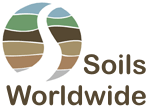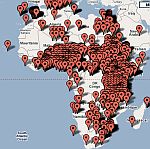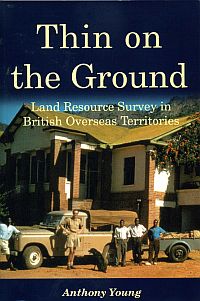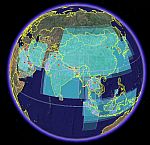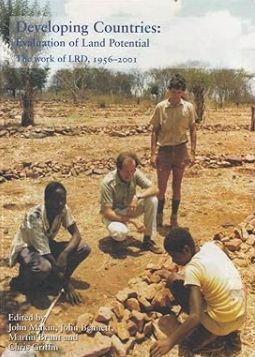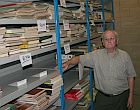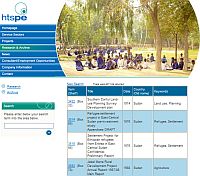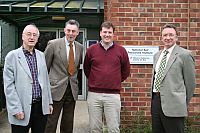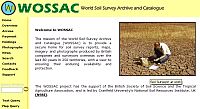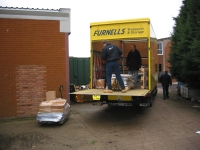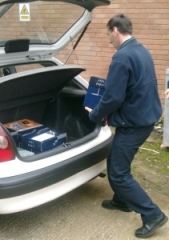The WOSSAC archive at Cranfield University has a unique and substantial collection of land resource material including maps, and land evaluation reports, many of which are legacy items now difficult to find, let alone consult and understand. This archive collection is accessible through an on-line web-based catalogue. Many of these maps and reports have been scanned and are now free to download via the catalogue listings. However the provision of reports in digital form is presently limited. The question then becomes how to harness the richness of this archived resource in an efficient and cost-effective way, by developing a Land Information System (LIS) data framework for the WOSSAC archive and at the same time making this accessible to Artificial intelligence (AI) tools such as Large Language Models (LLMs). In 2025 this was the challenge set for Vikash Khulem, a Masters level student at Cranfield University, working under the guidance of Professor Stephen Hallett and working within a limited time frame and with assistance from the WOSSAC staff.
Here’s a selection of code snippets and LLM outputs to show the exploratory system in operation. Click on the images to enlarge them:
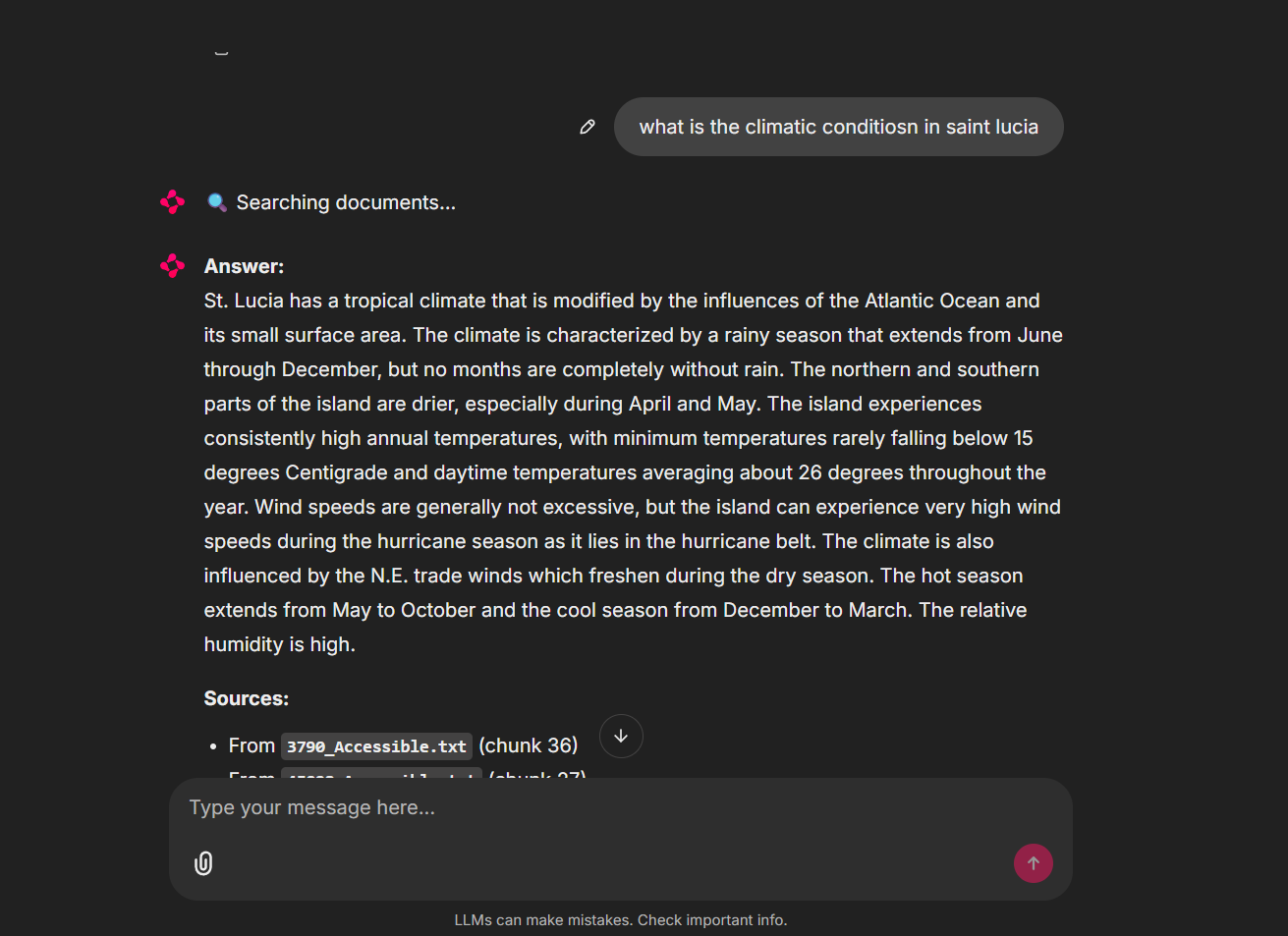
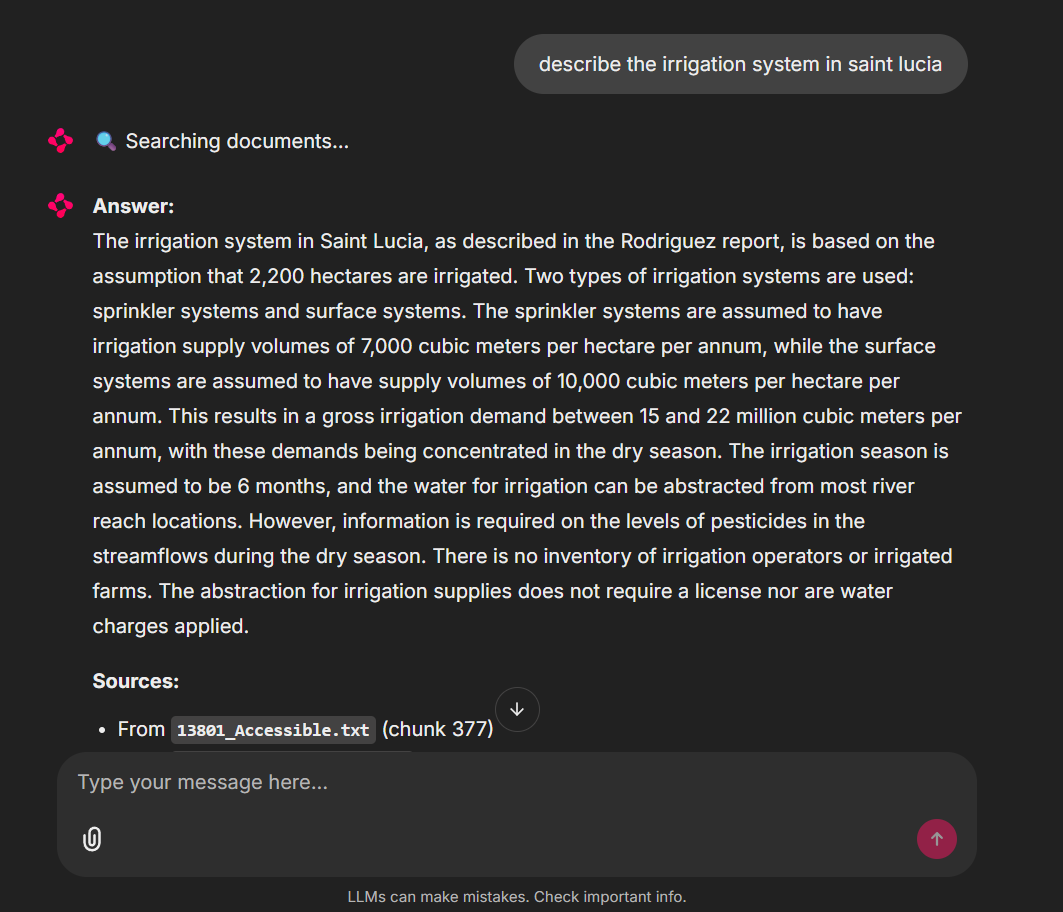
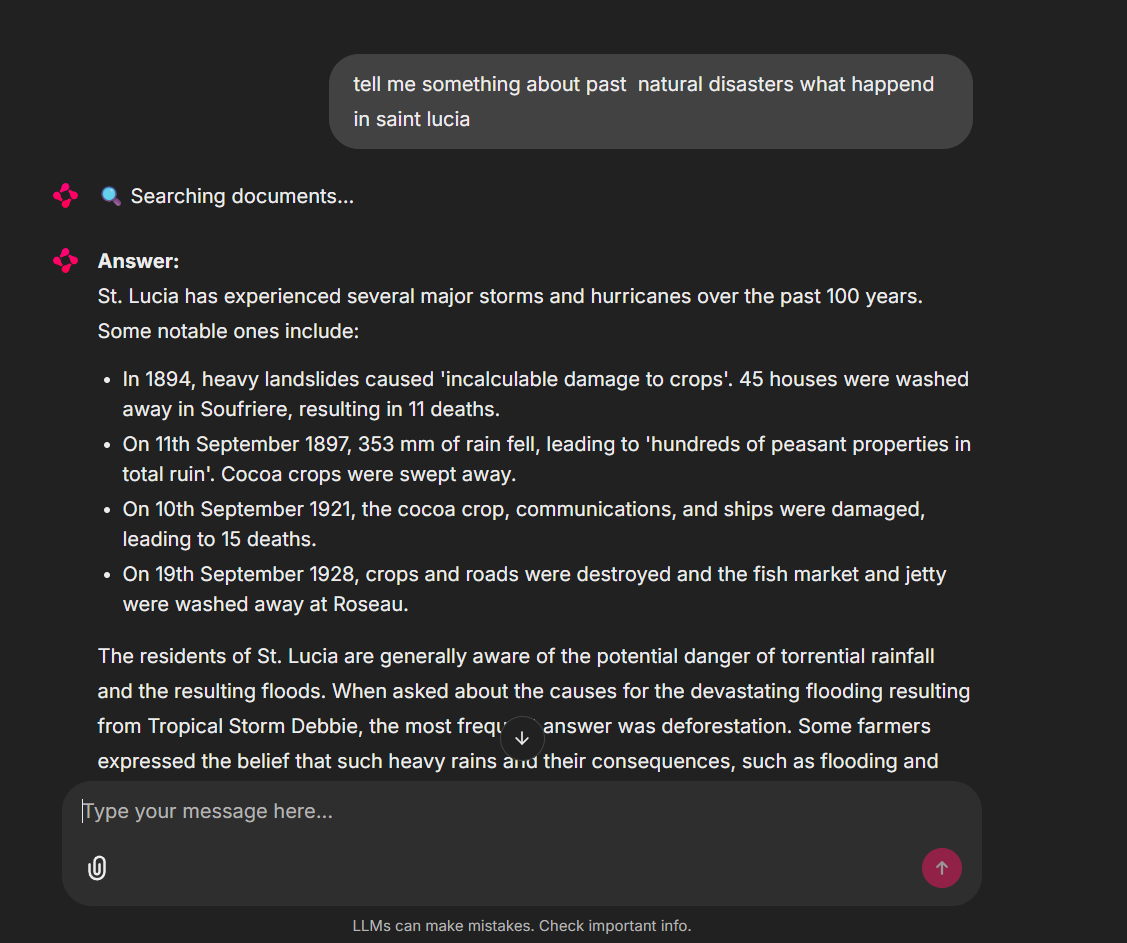
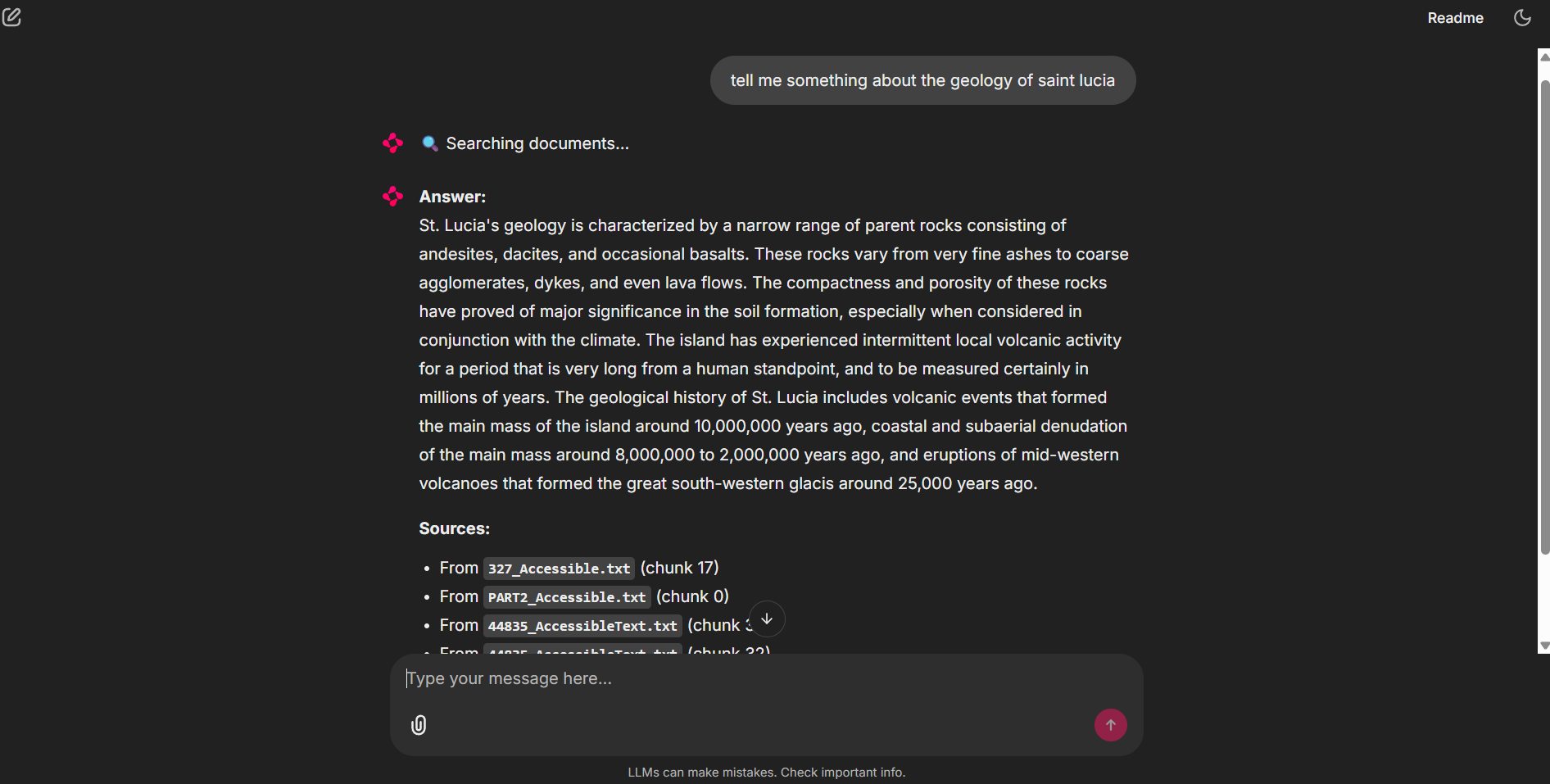
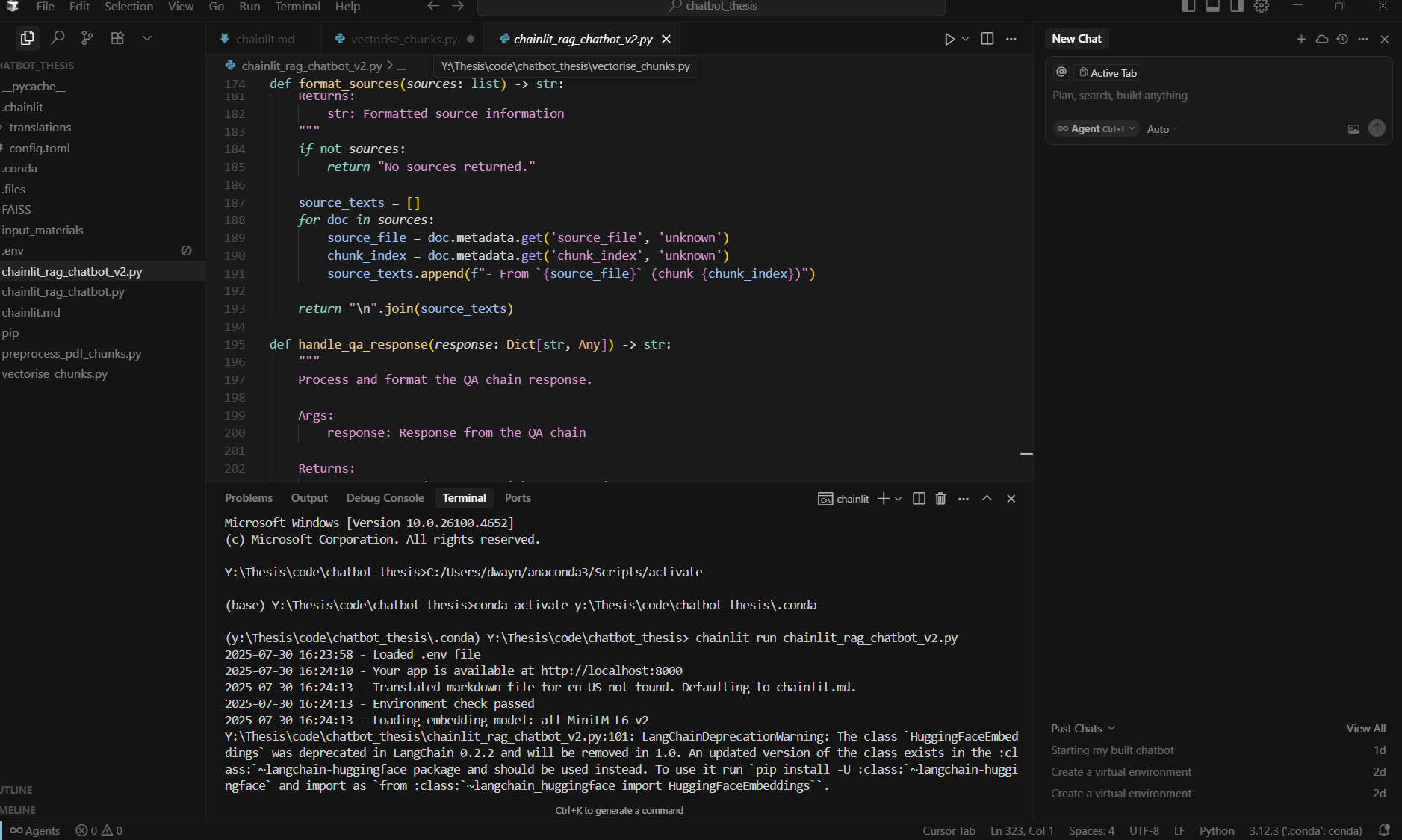
Specifically, the task was to apply standard AI software, and to then test the usefulness of this data in answering specific questions which would inform an interested end user through interactions with an LLM chatbot. The thesis was designed to showcase how available materials in the WOSSAC archive can be made accessible and usable to stakeholders in digital form, using open-source database platforms such as the GeoPackage database. Such data can then be utilised to hold, transfer and share the data available, and most importantly the data can then be interrogated using Large Language Models to respond to queries.
Implementing soil survey investigations in different environments today would be prohibitively expensive, and would require mobilising trained surveyors often in remote locations. This challenge underlines the importance of accessing legacy soil survey information, such as the items held within the WOSSAC archive, in easy to use ways. These constraints become complicated or even impossible where countries are in conflict zones or have governments unwilling to share data. This is where the WOSSAC archive can provide an advantage, by collating historical existing data and making this available in a form which can be interrogated using standard LIS tools.
The WOSSAC collection presently holds some 27,750 items relating to soil and land resources across around 400 territories. Therefore, as the period available for this work was only 12 weeks, the first decision was to select a suitable locality for the study. In discussion with university staff the Island of Saint Lucia in the Caribbean was chosen given that the WOSSAC collection for this island is comprehensive but not overwhelming. There is a good balance of reports and maps available here, and the nature of these land-based studies is varied, including soil surveys, land use recording, and erosion studies. At the centre of the project was the development of a ‘portable’ geospatial data exchange file to represent all data held in the WOSSAC archive for St Lucia. The intention was that this file be suitable for use supporting a range of subsequent land resources modelling and investigation applications. The expectation was that the design would be extendable, or reproducible, in other territories with substantial WOSSAC holdings, and by implementing a LLM chatbot tool, would enable engagement by potential end users.
As the project required a comprehensive database of material in digital form, an initial step was an organised workflow, to access, and then digitise all the relevant materials. This was a challenge as reports were often in a variety of formats and required advanced work to enable scanning: in total 14 reports were scanned. Sixteen maps were also scanned using a large format scanner. In addition to the WOSSAC material other relevant datasets such as climate were sourced and assembled in the GeoPackage database format.
Overall, the results were encouraging. A workflow protocols was developed and made available, with resources successfully implemented to extract data and populate a database for Saint Lucia. A portable Land Information System approach was tested for possible use in policy and planning by the Saint Lucia national government or environmental agencies. As an experiment a Land Suitability Assessment was applied for Saint Lucia using the data acquired through the project which classified land according to suitability scores. A Large Language Model Chatbot was then implemented, capable of supporting free text queries of the reports.
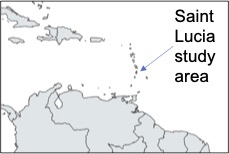
This academic thesis project was important as it established that the existing WOSSAC data was capable of being utilised with the assistance of AI tools, opening up future possibilities of large-scale preparation of the archived materials to this advanced technology. The project also provided a reality check on the resources and time required to digitise substantial amounts of reports, in preparation for future AI applications.
Another positive outcome of the project is the existence now of a collection of digitised resources for the island of Saint Lucia, accessible through the WOSSAC catalogue, as well as the successful completion of the Masters programme of the student who undertook this novel and challenging work.
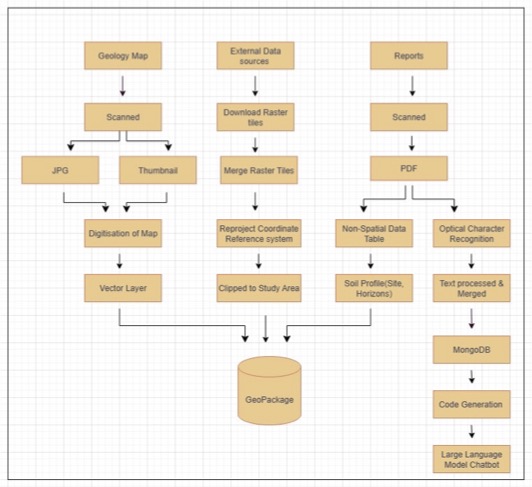
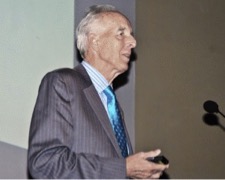
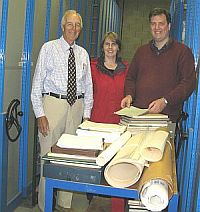
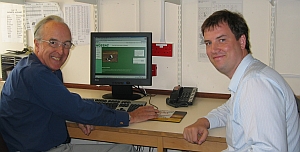





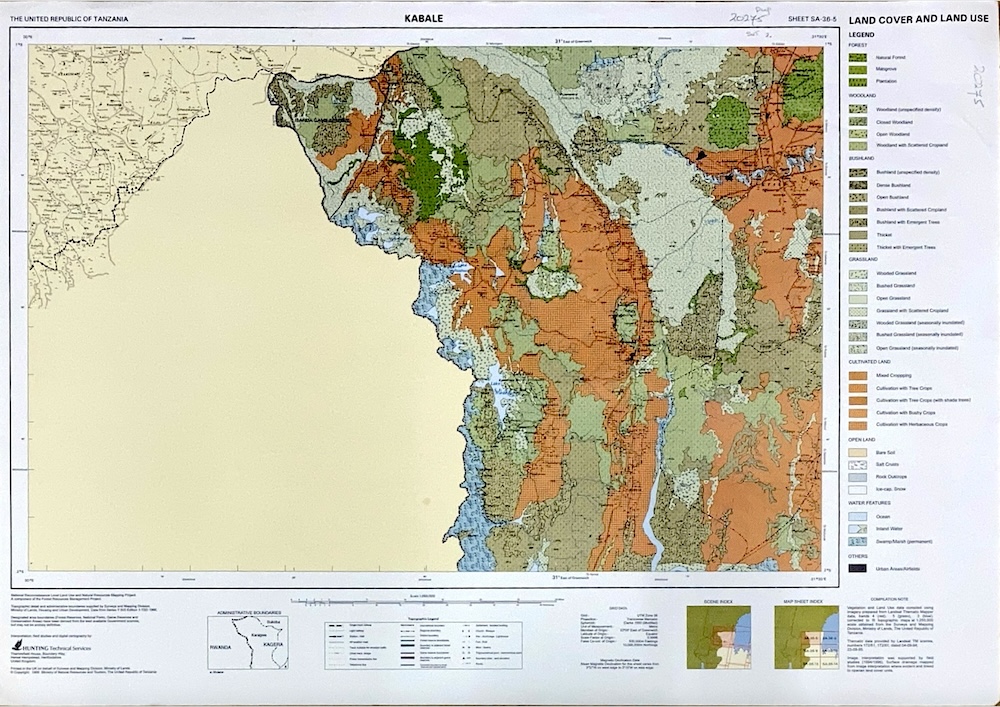
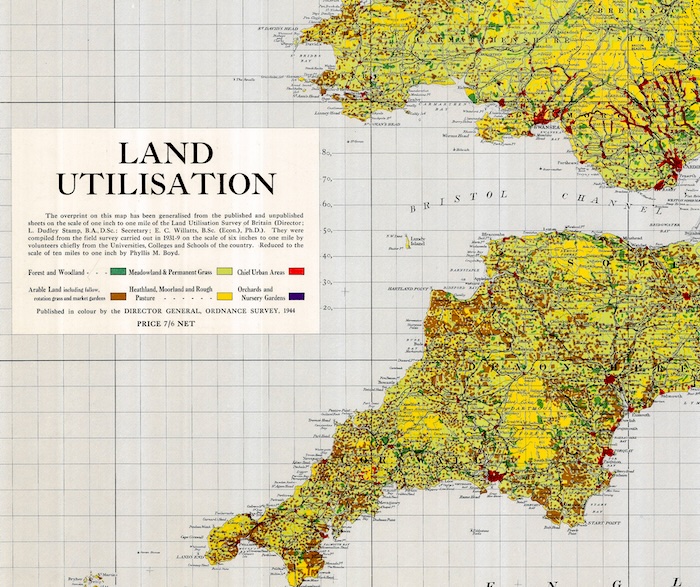
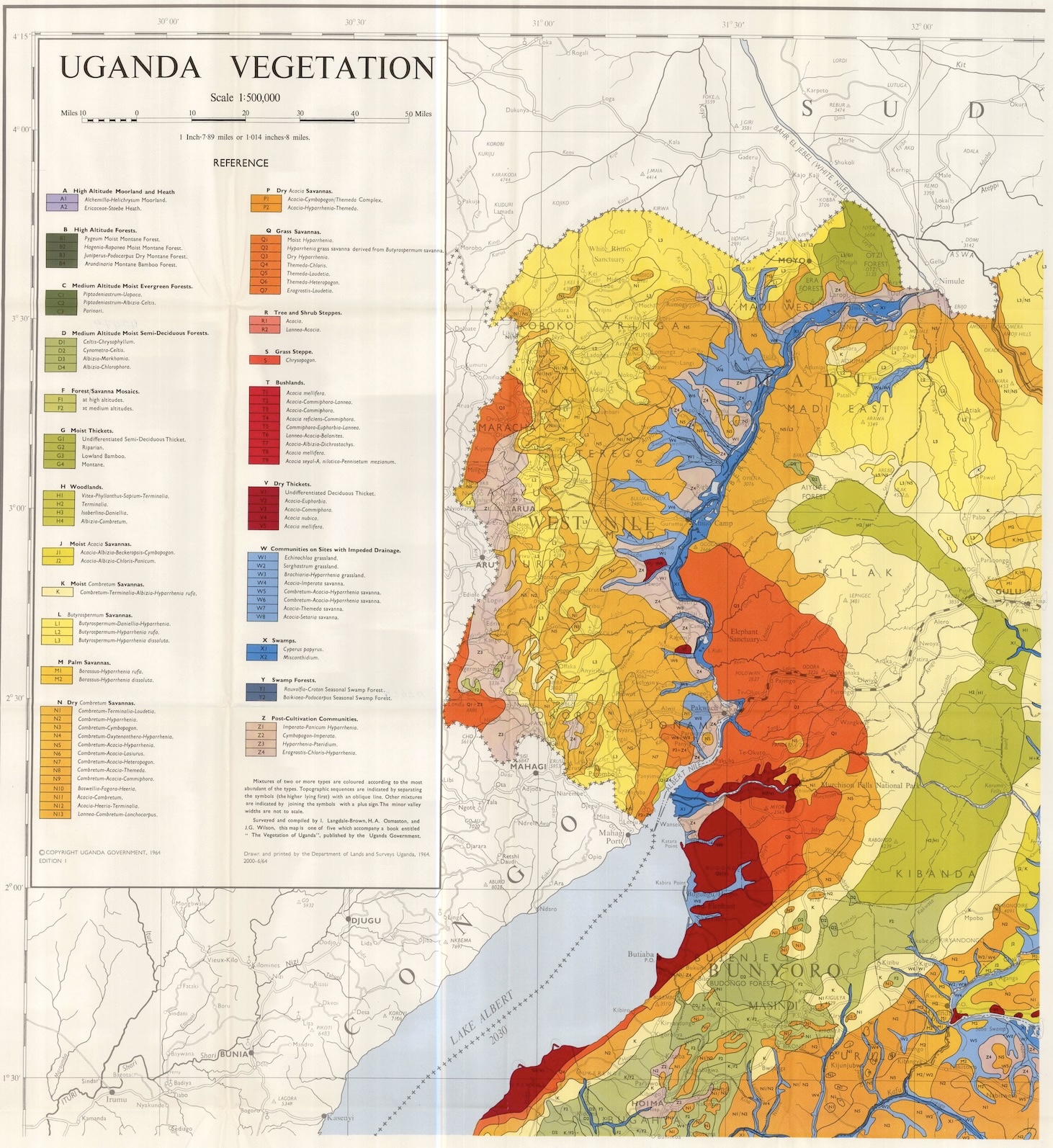
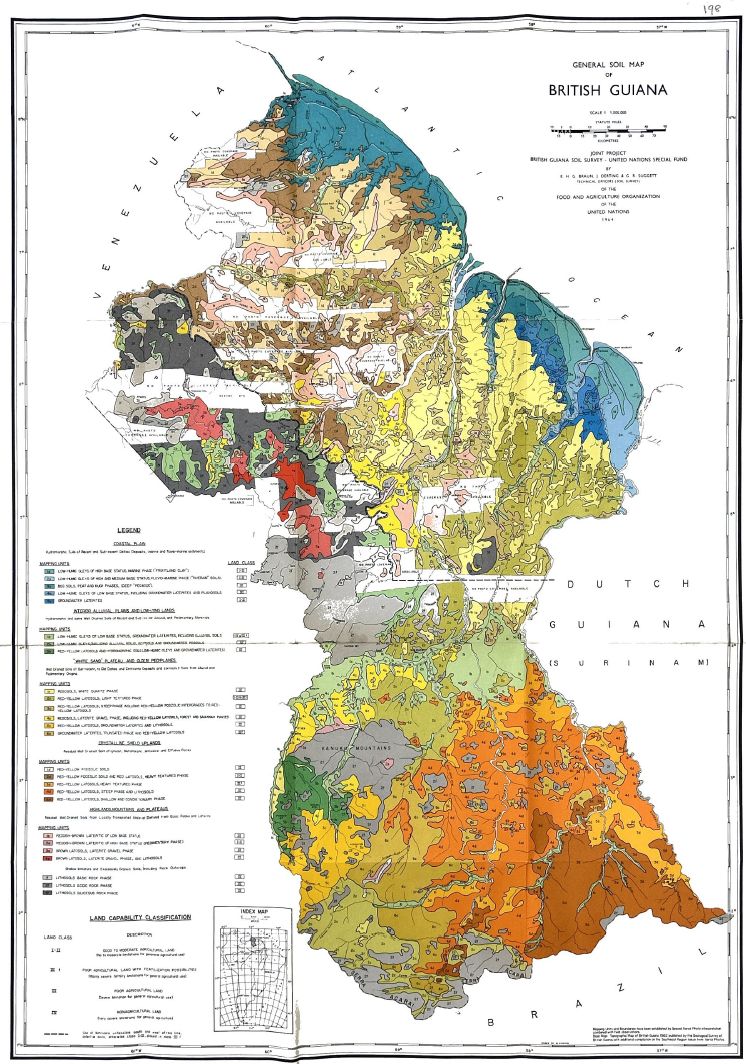



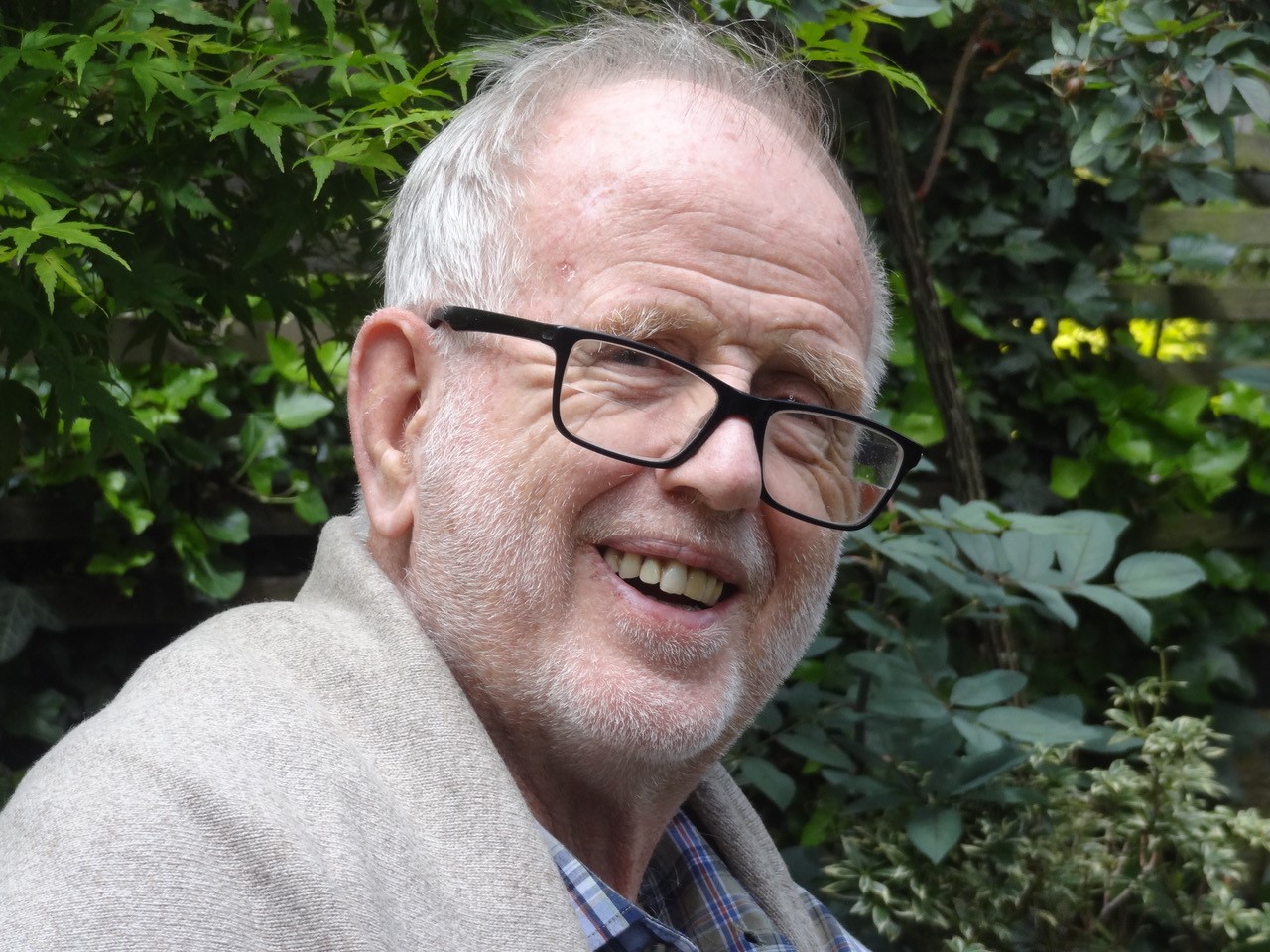
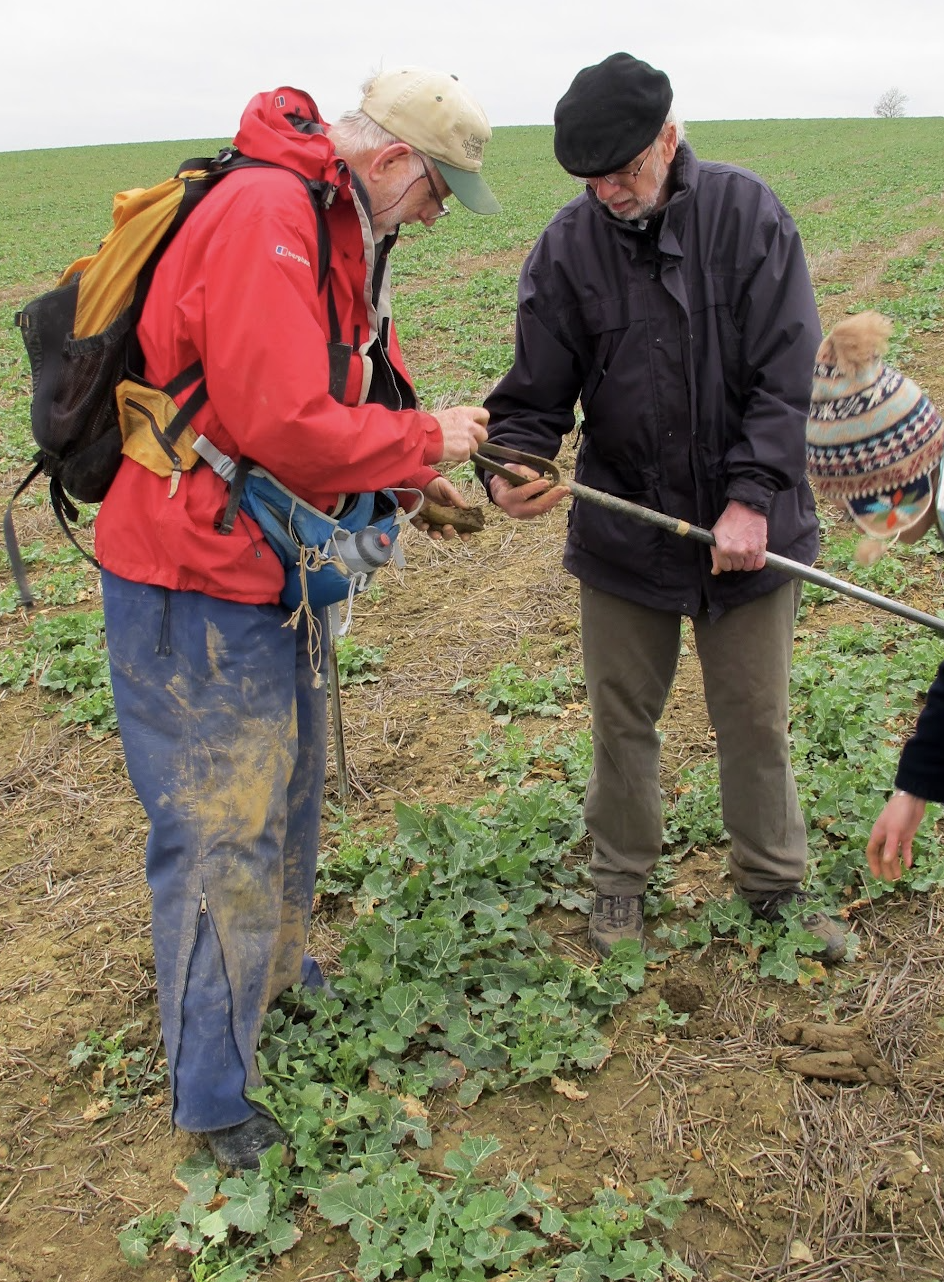
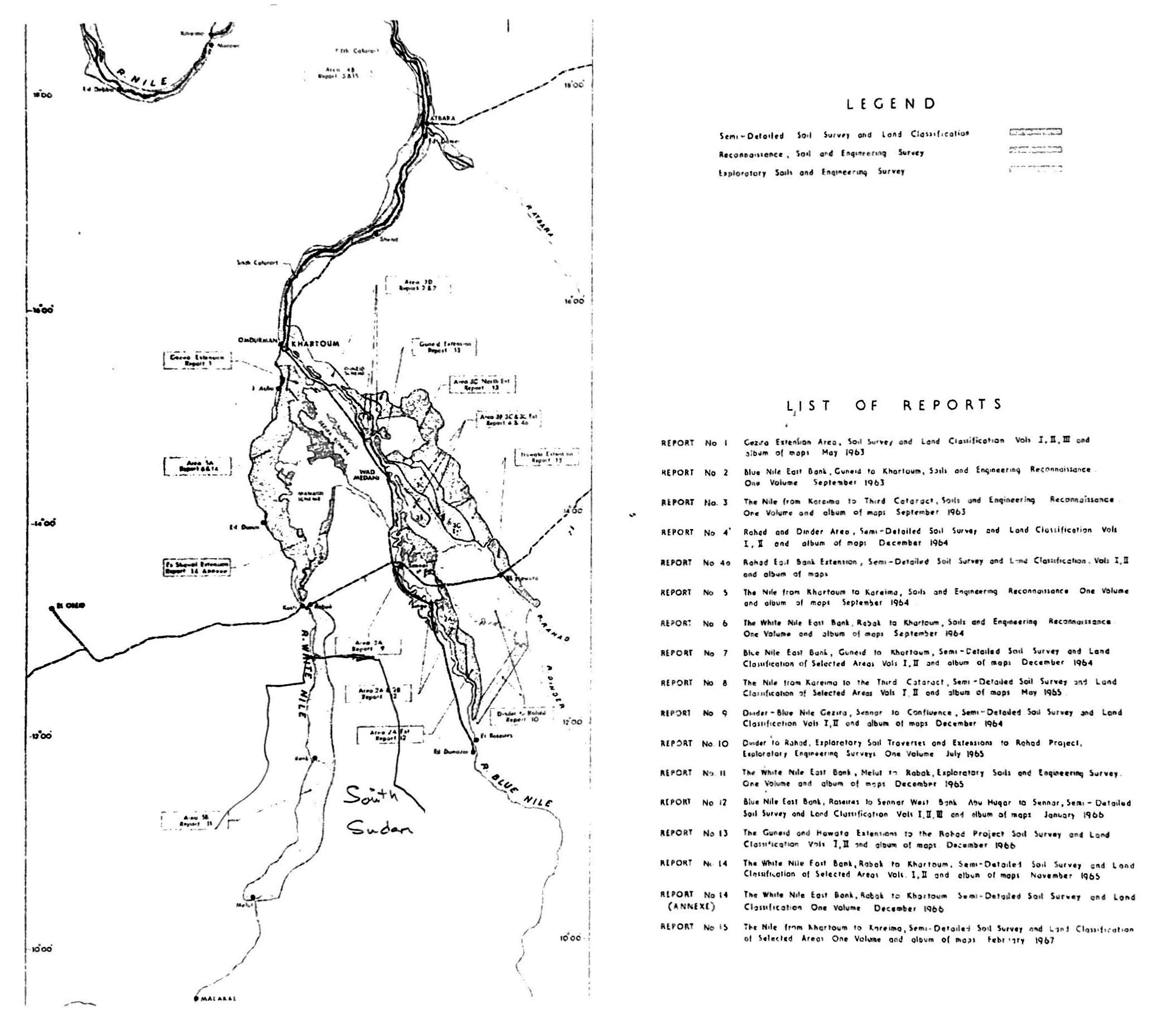
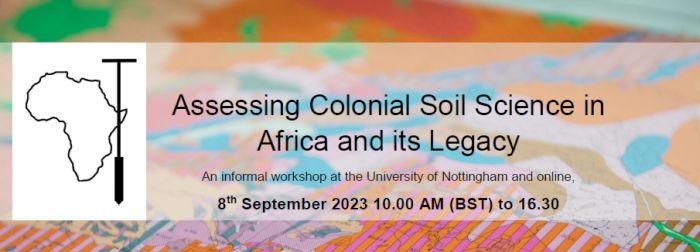
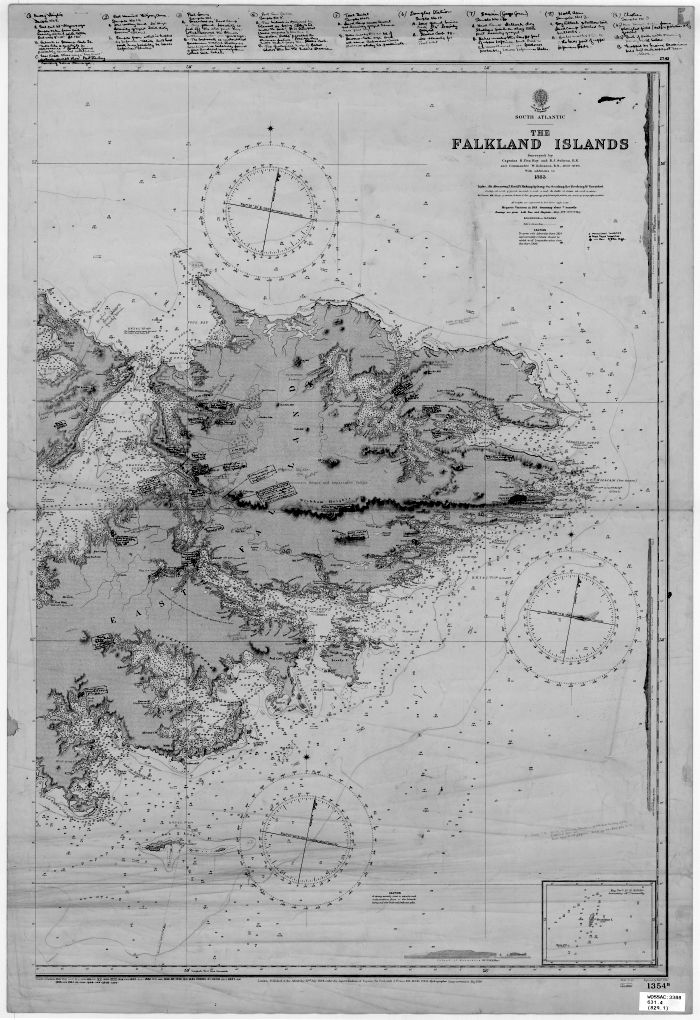
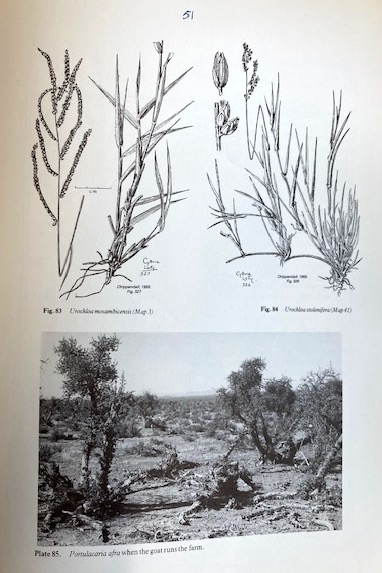
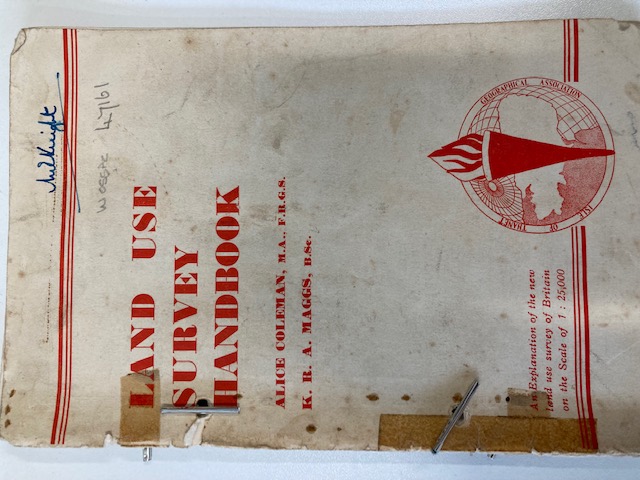
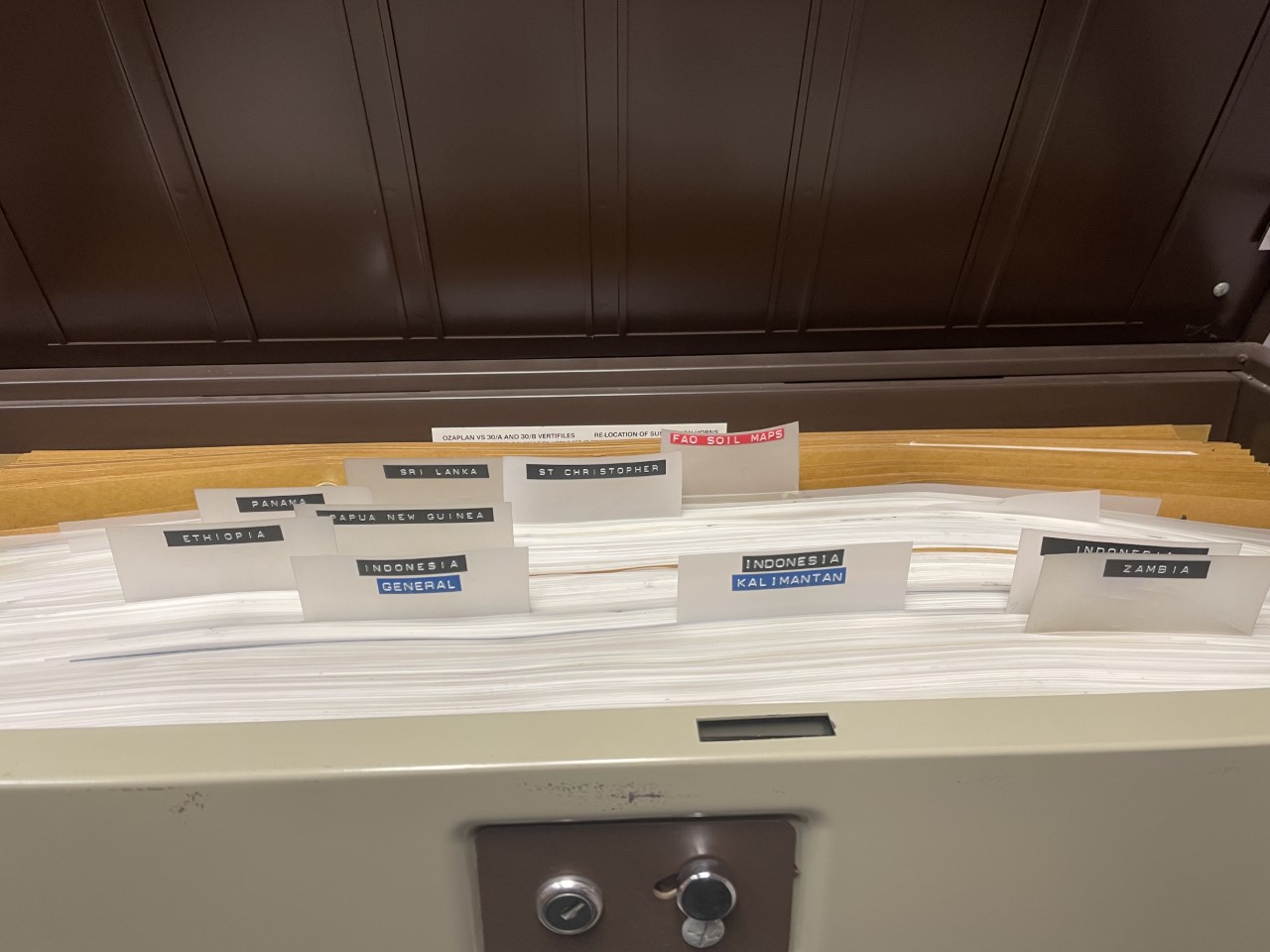
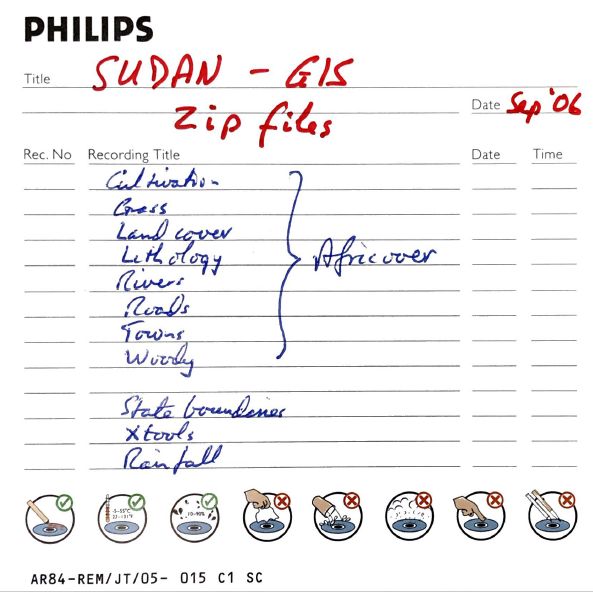
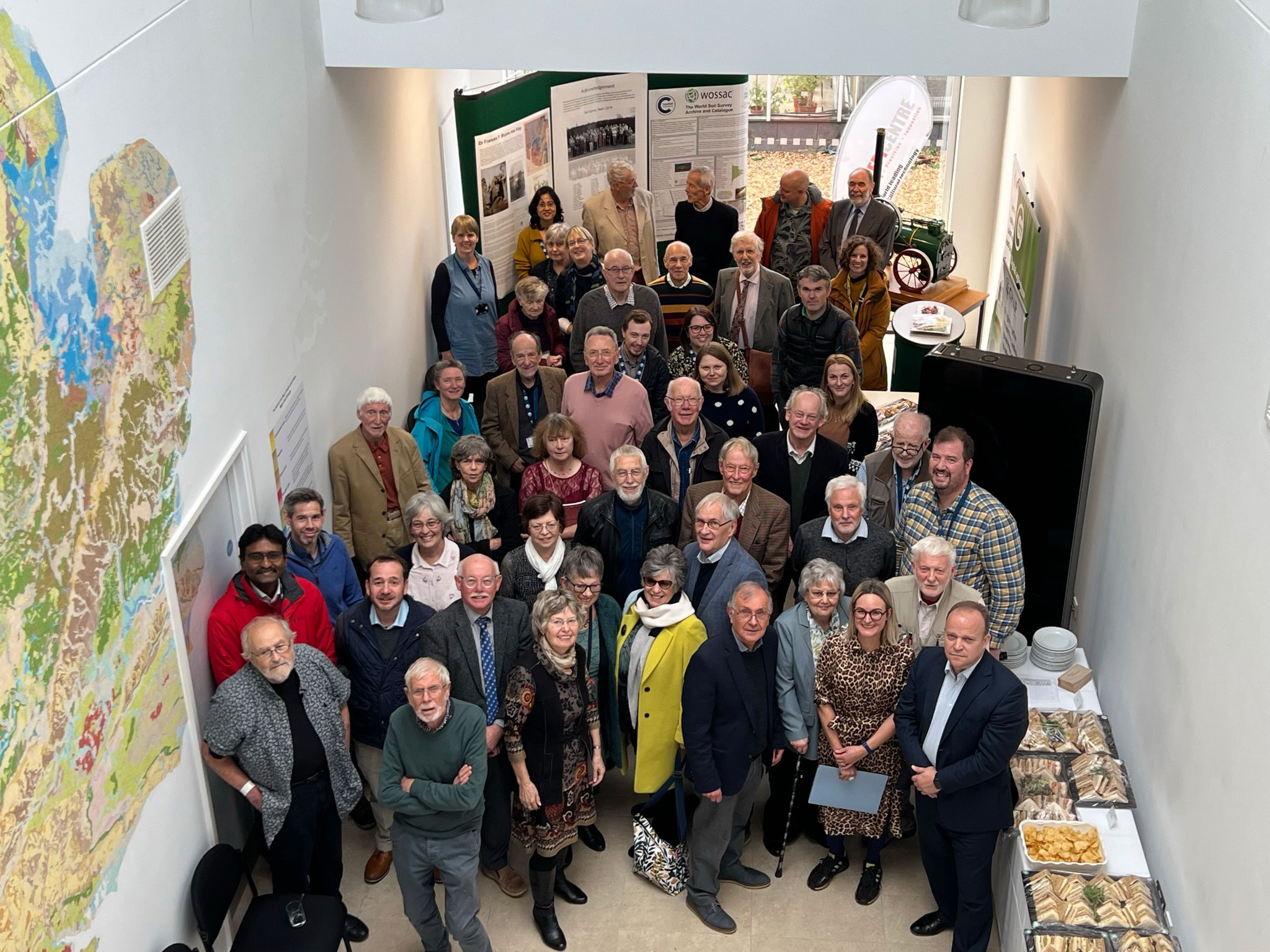
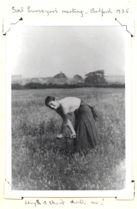
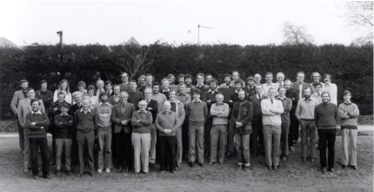
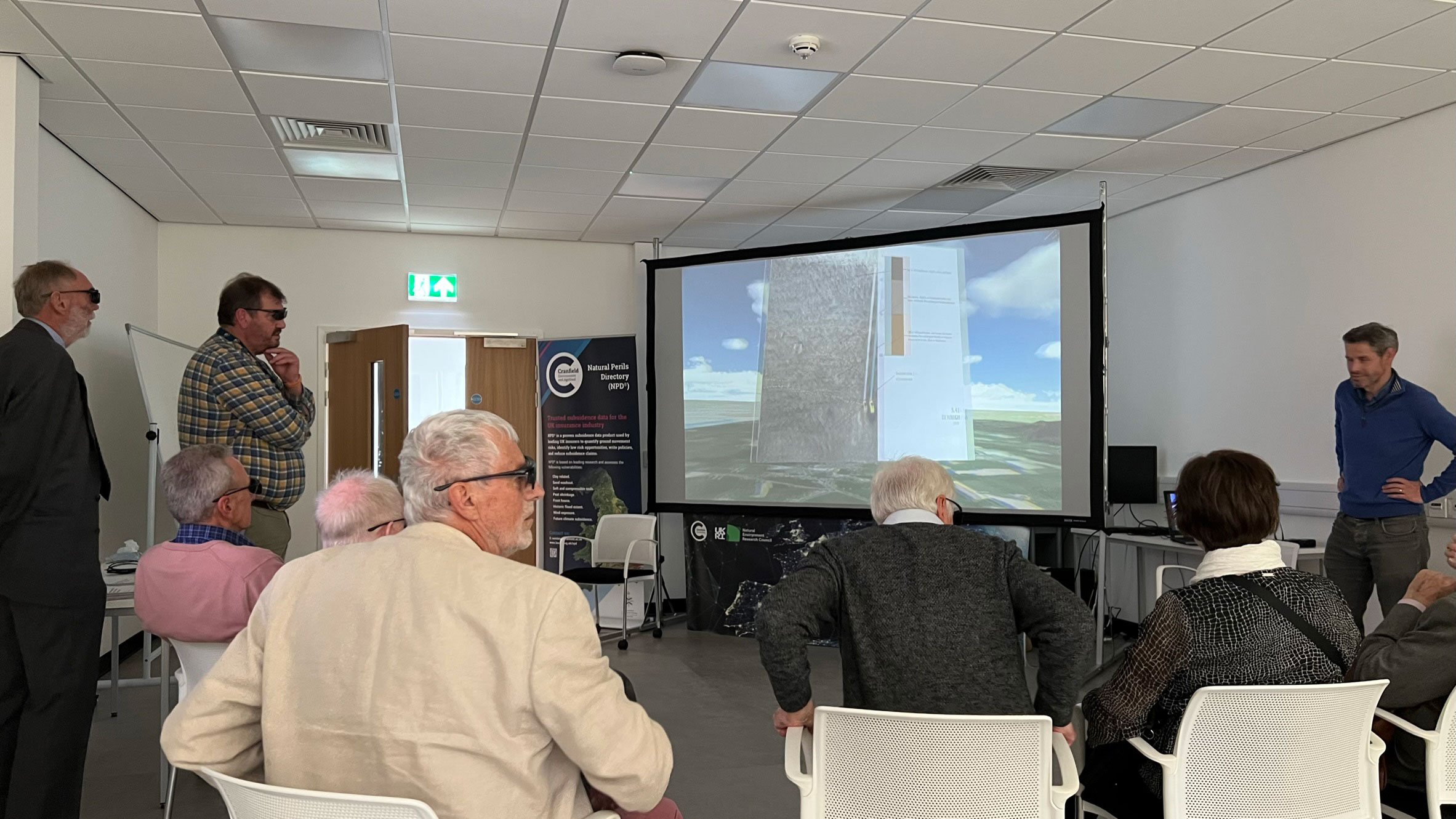
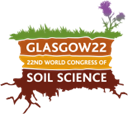
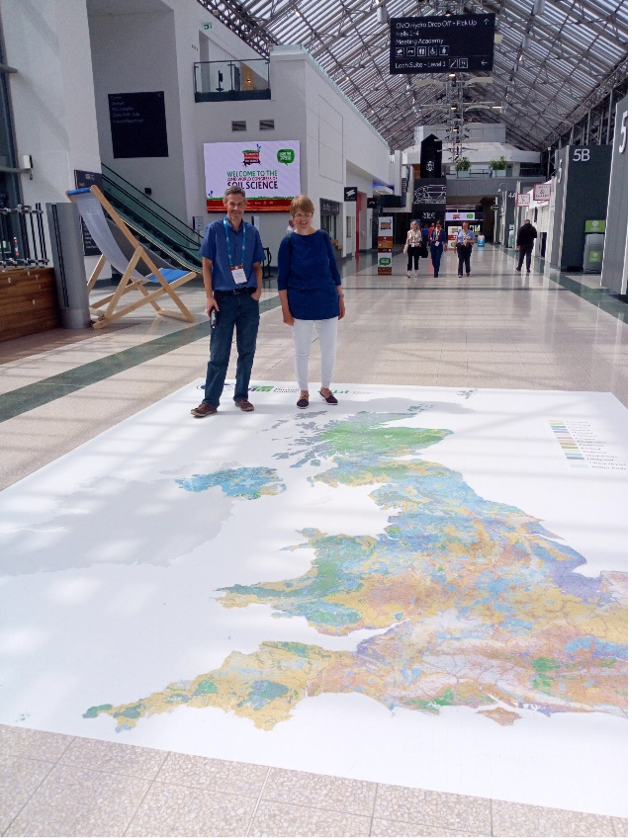
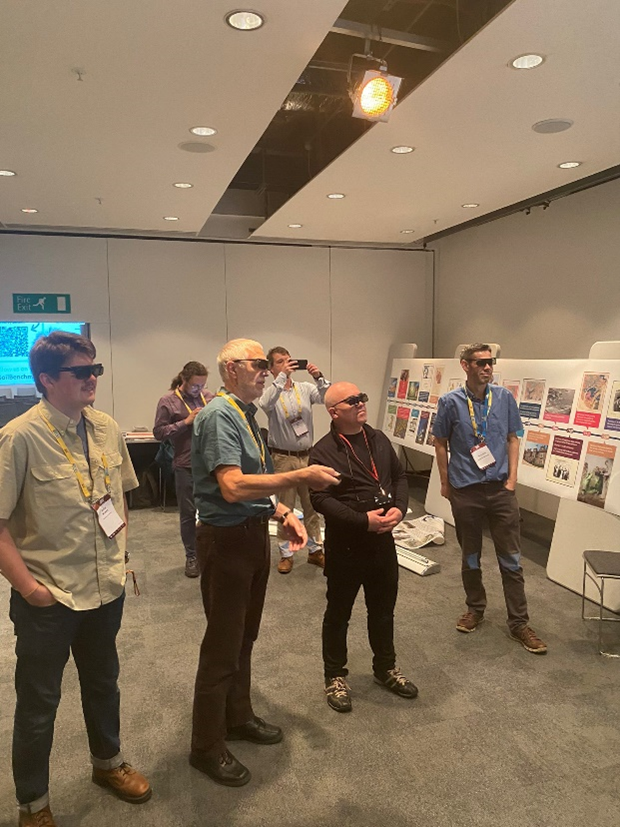
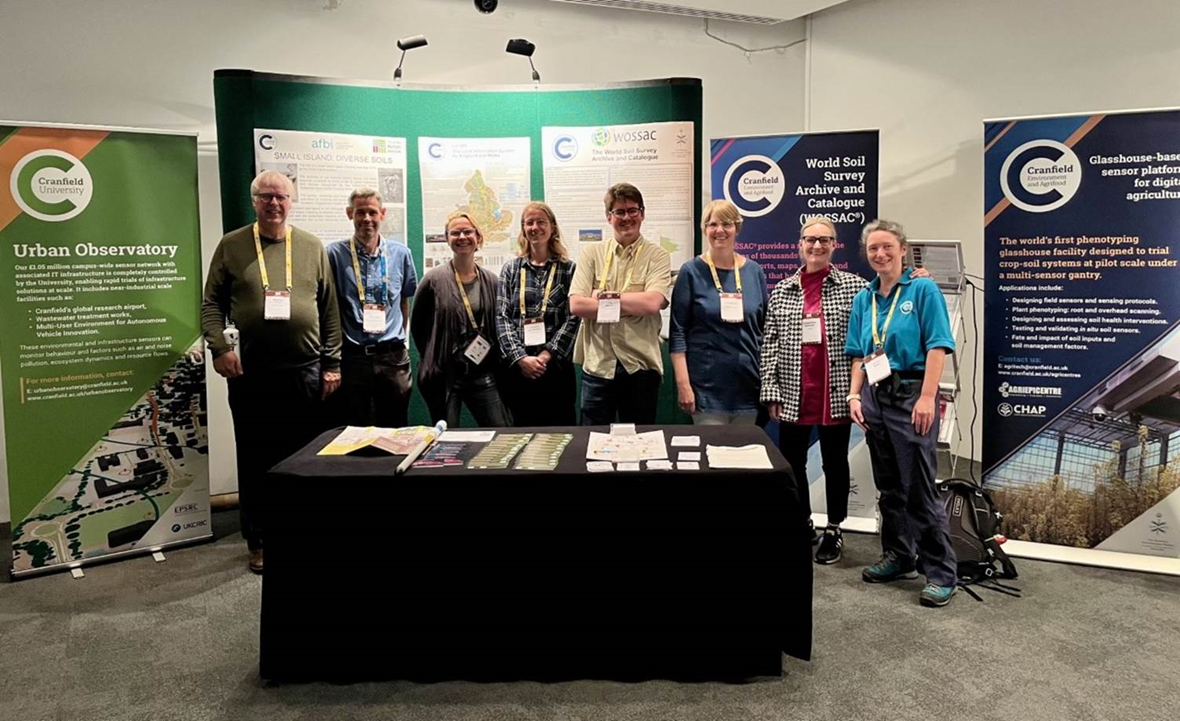
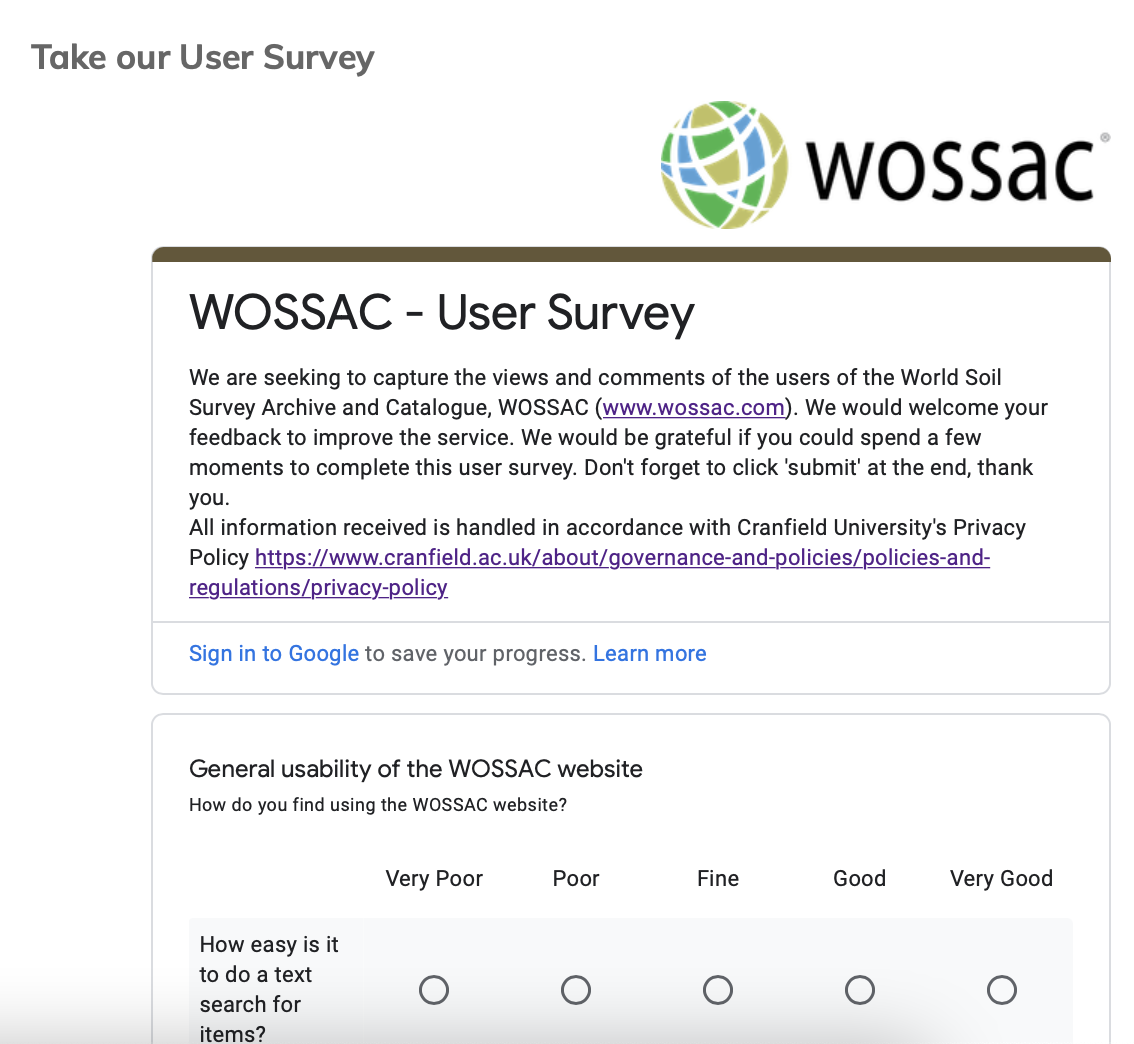
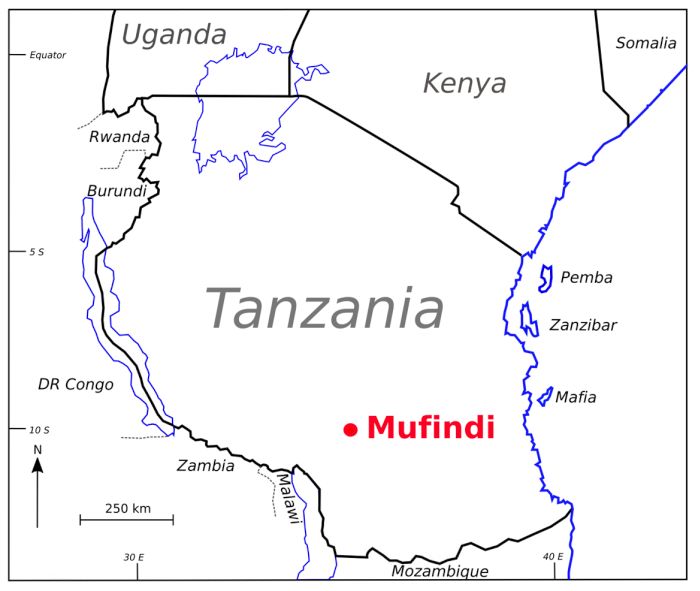
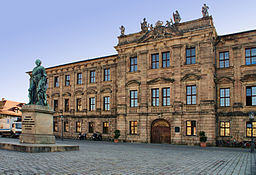
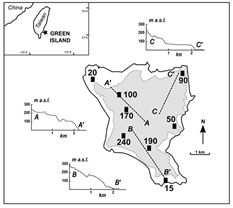
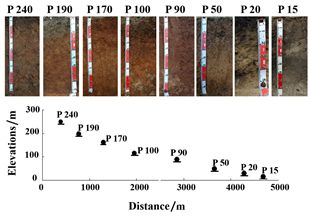
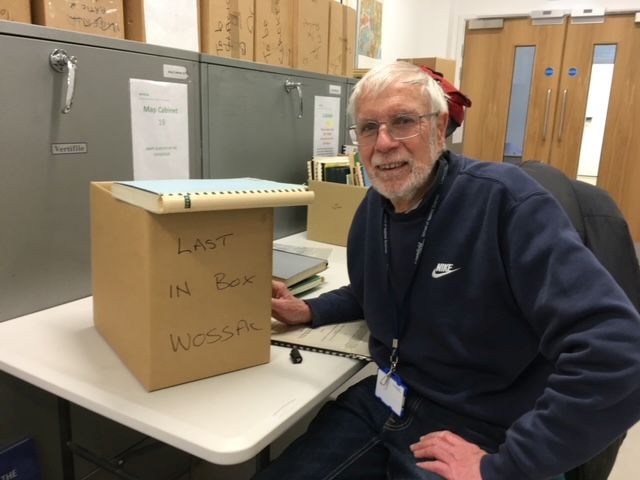
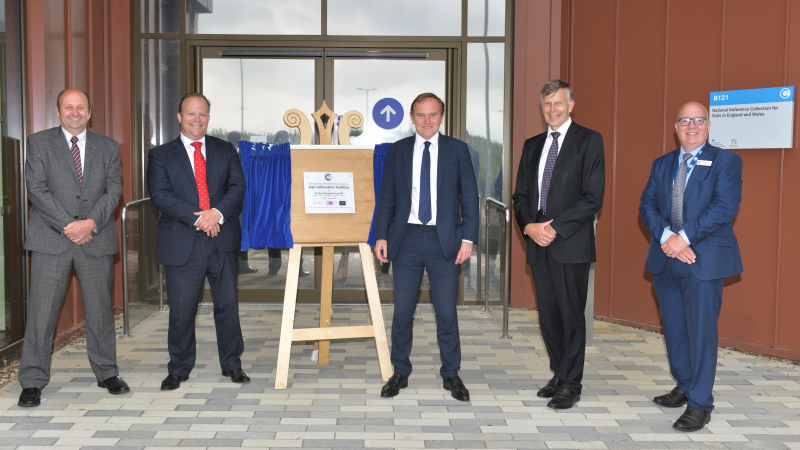
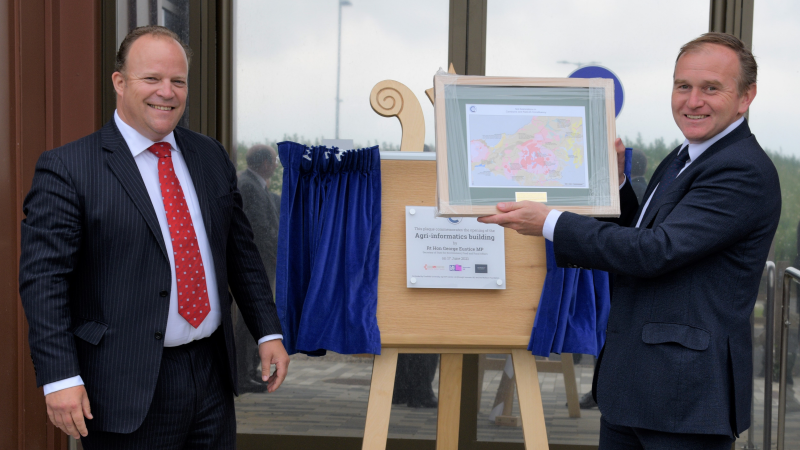
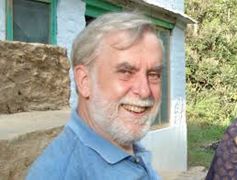
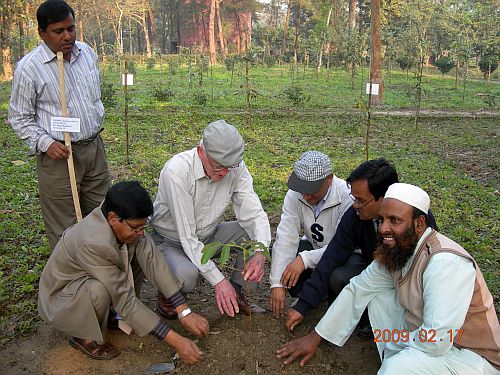

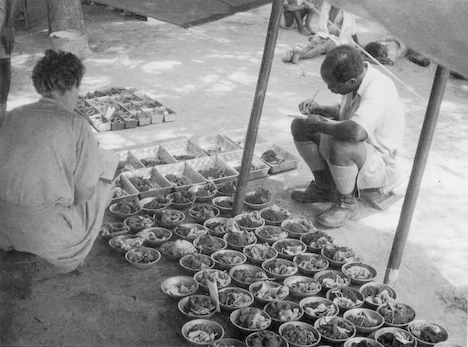
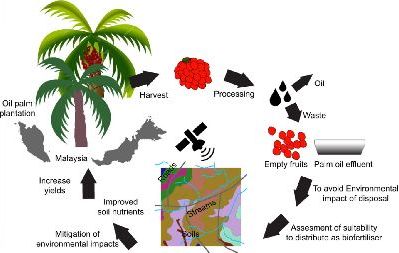
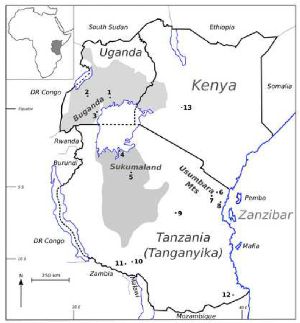
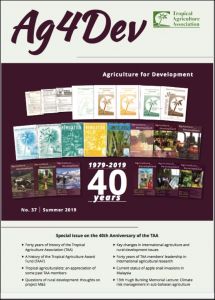
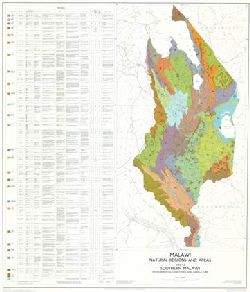
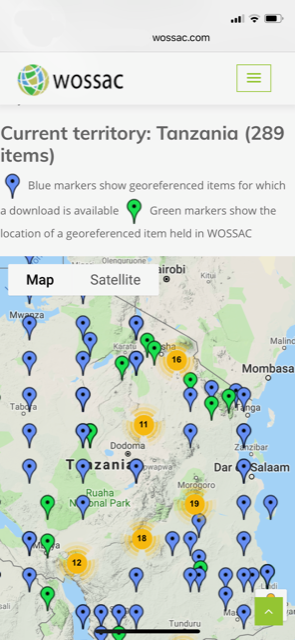
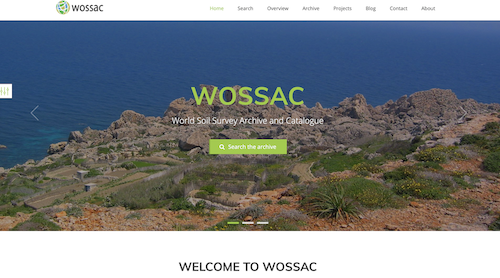
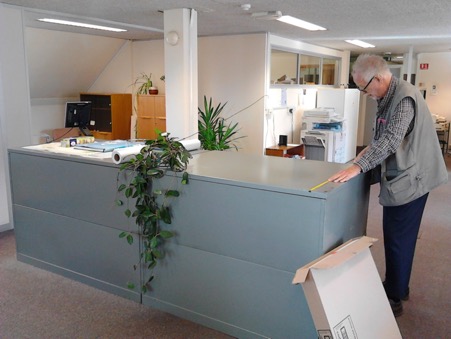
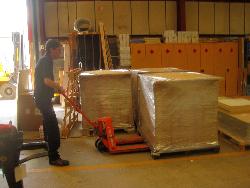
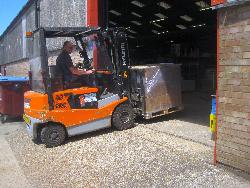
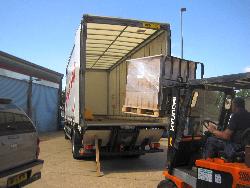
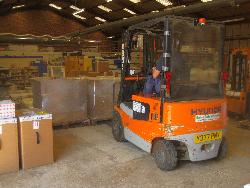
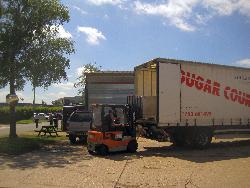
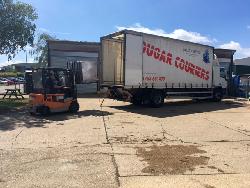

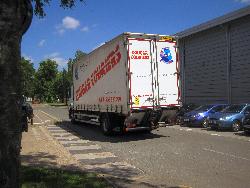
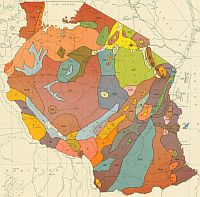
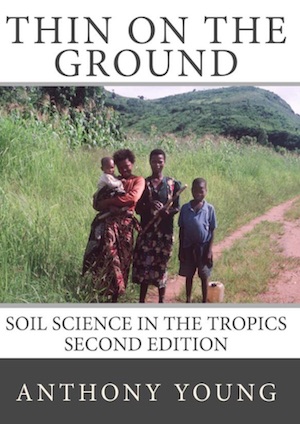
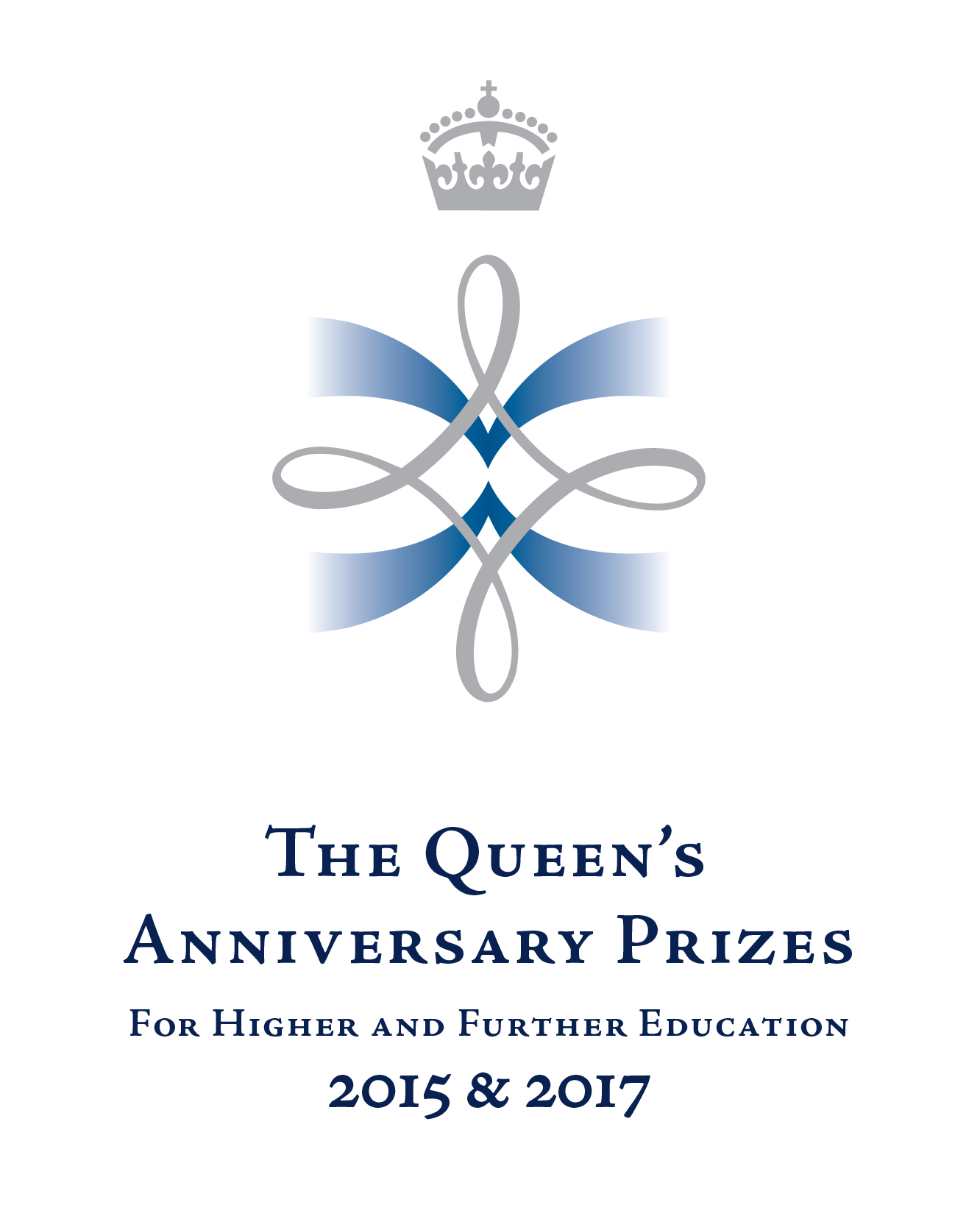
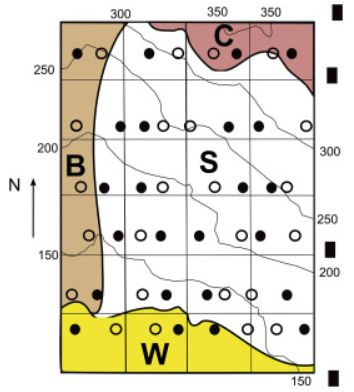
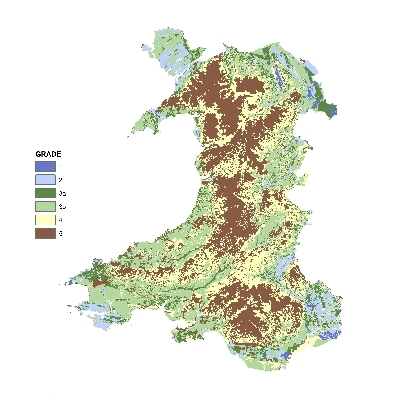
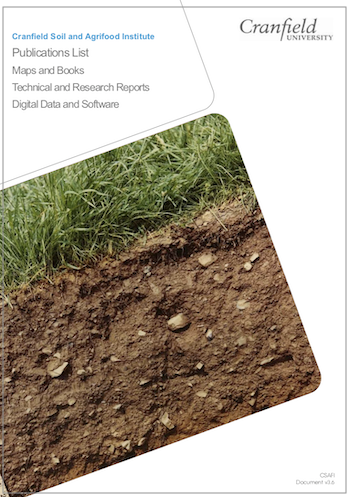
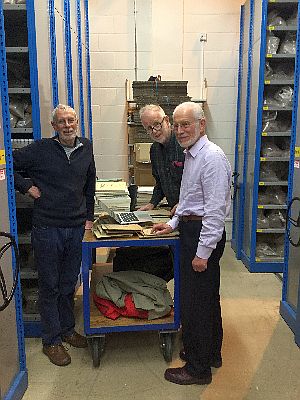
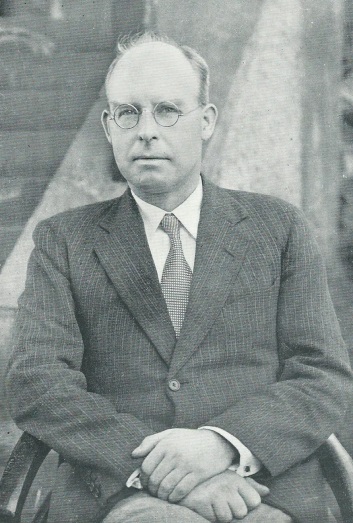
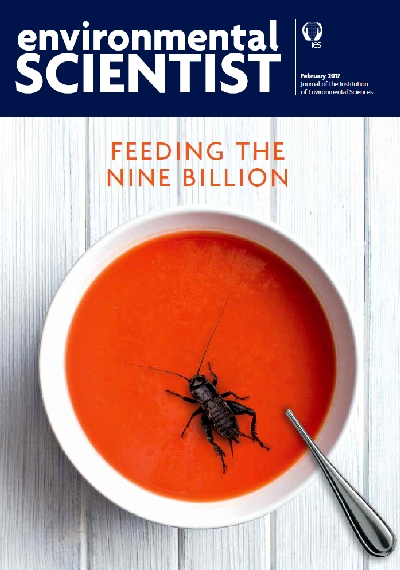
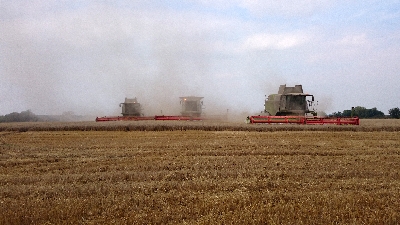
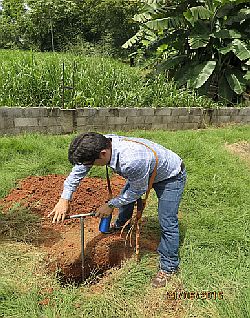
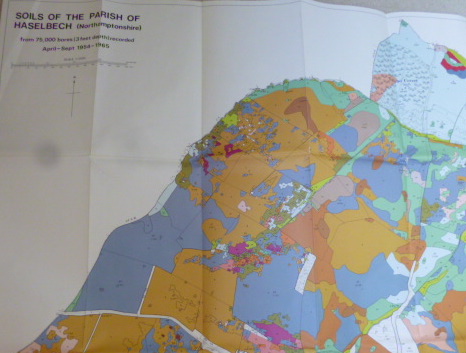
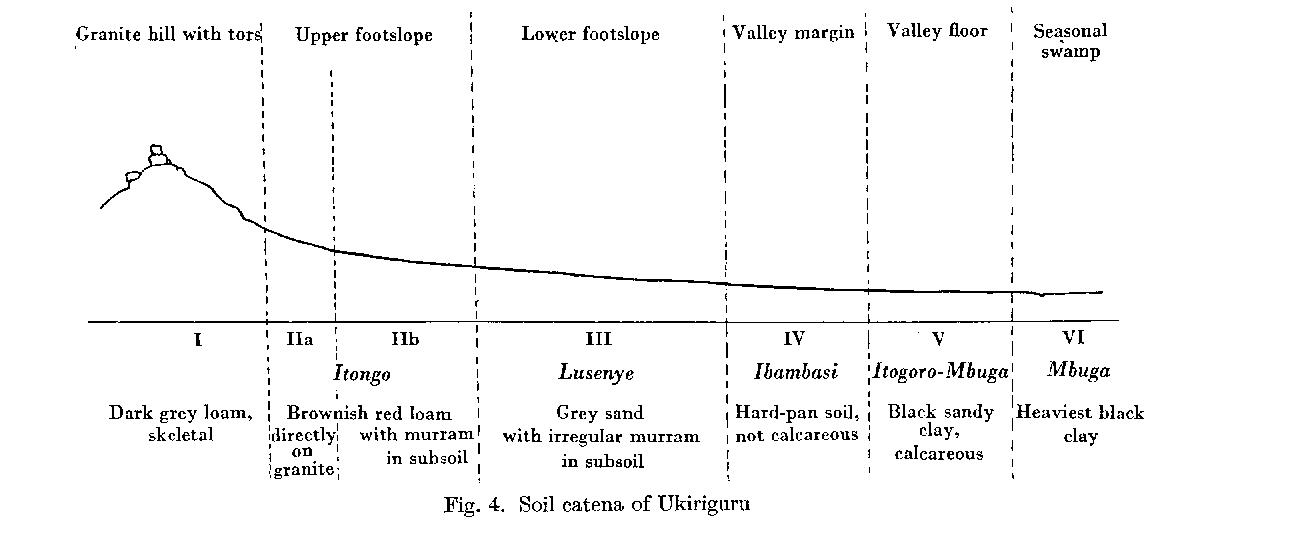
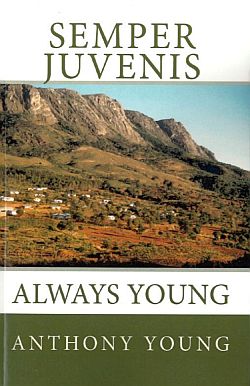
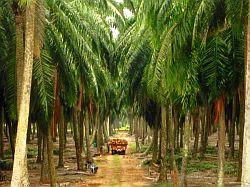
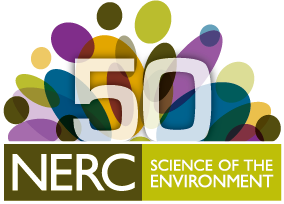
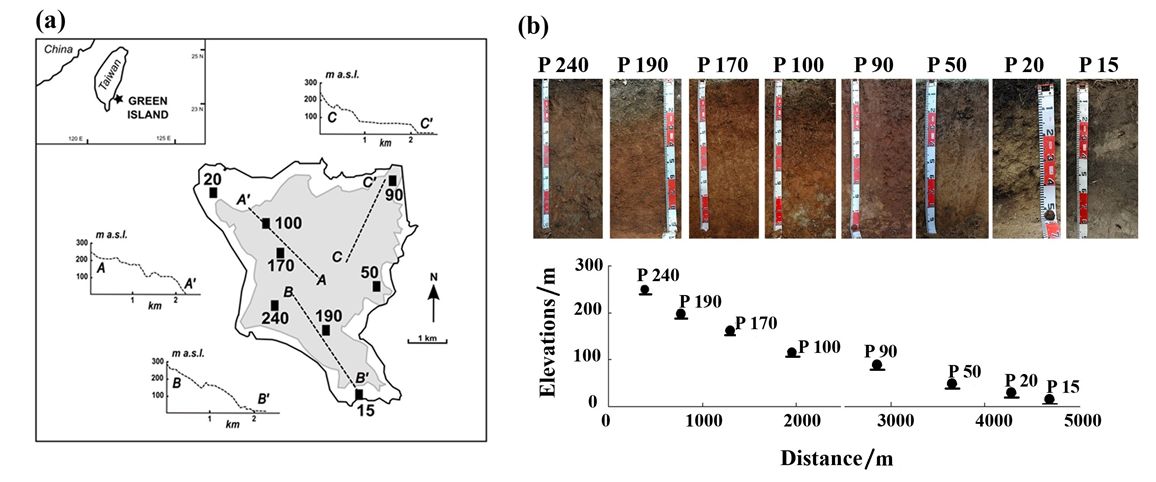
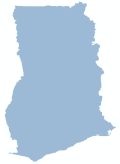

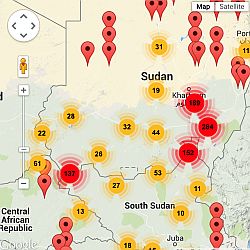

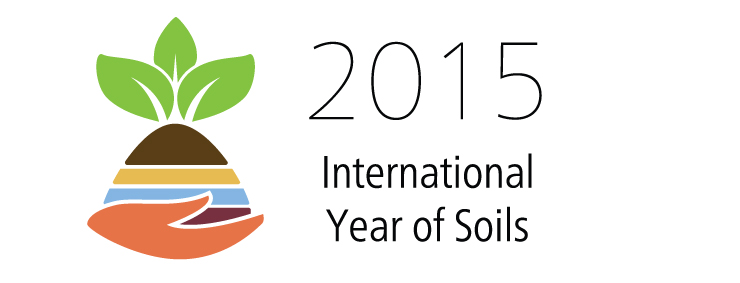
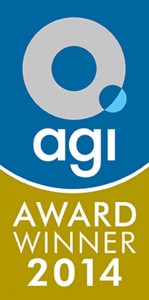
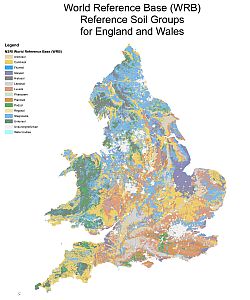
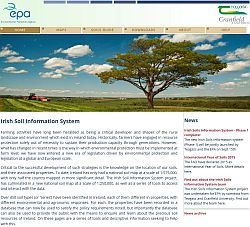
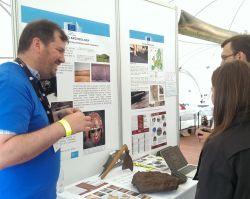
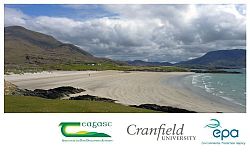
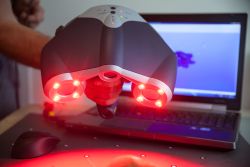
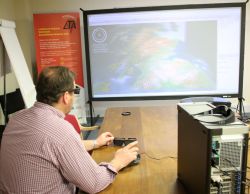
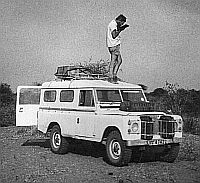
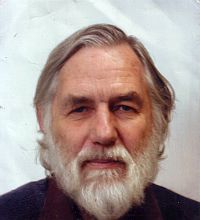
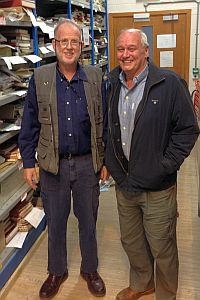
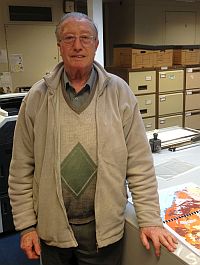

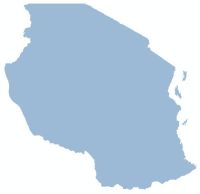

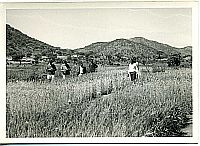
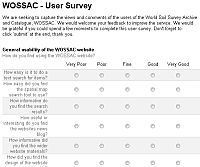
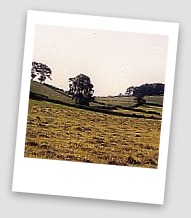

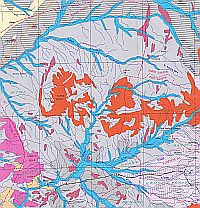
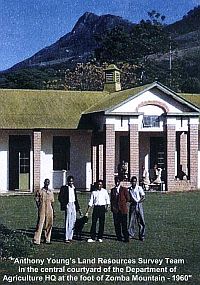
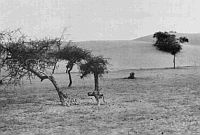
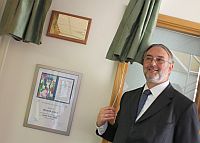
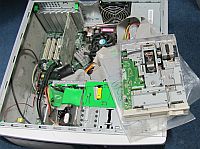
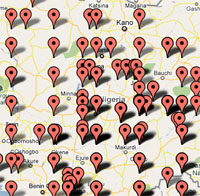
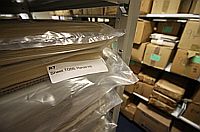
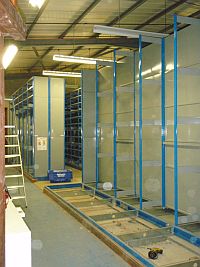
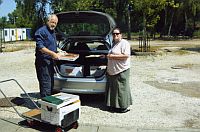
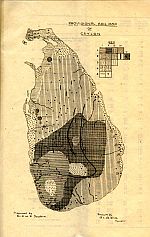
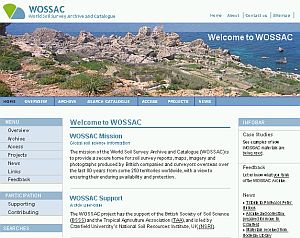



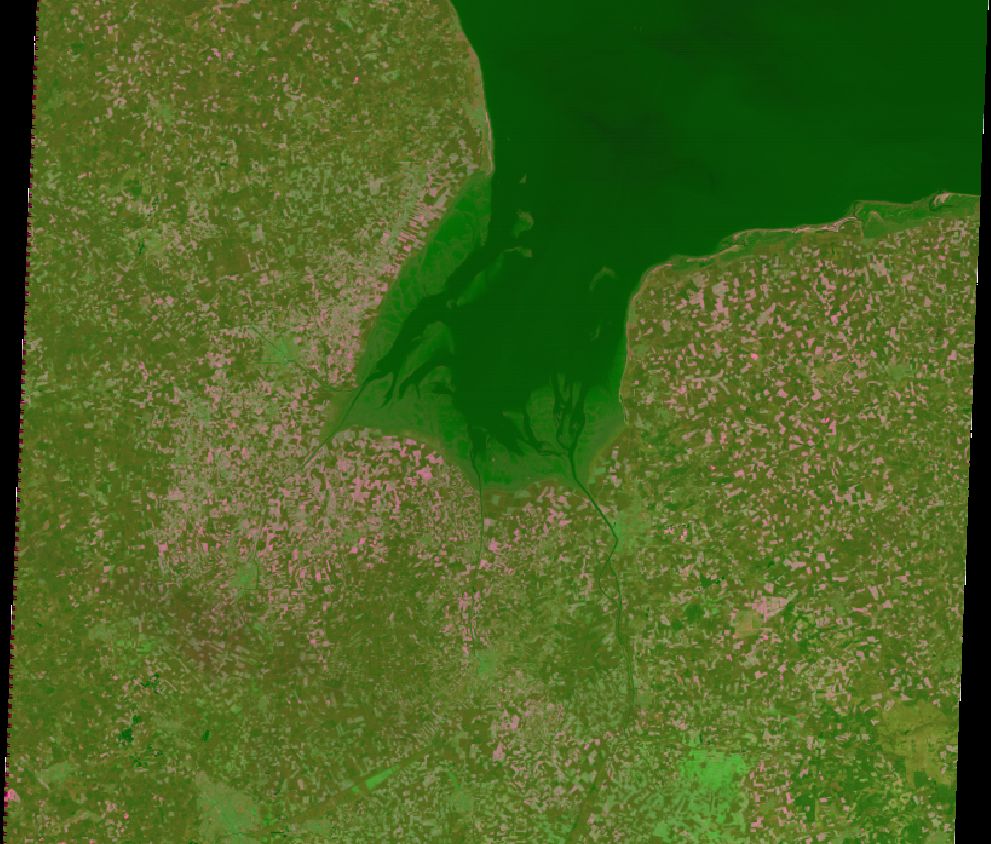
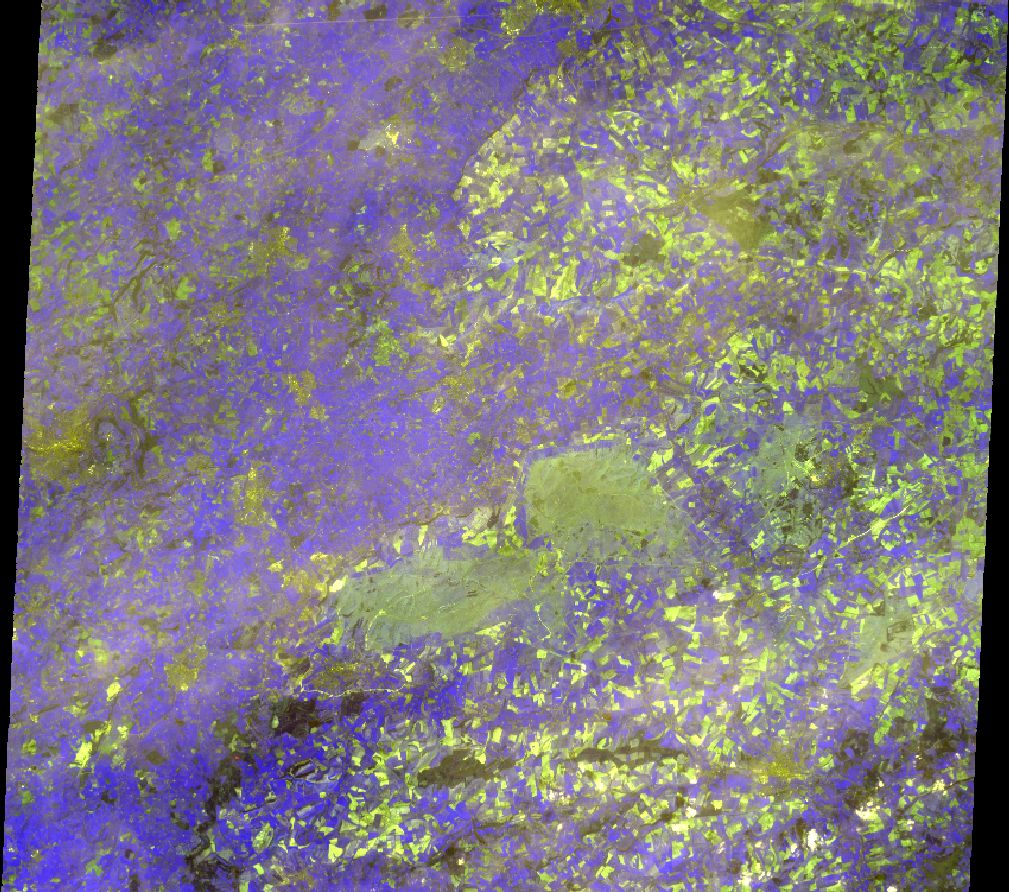
 Kuwait Iraq border, 25/8/1988 (Spot)
Kuwait Iraq border, 25/8/1988 (Spot) Norfolk, UK, 1985 (Landsat)
Norfolk, UK, 1985 (Landsat) South Midlands, UK, 1988 (Spot)
South Midlands, UK, 1988 (Spot)